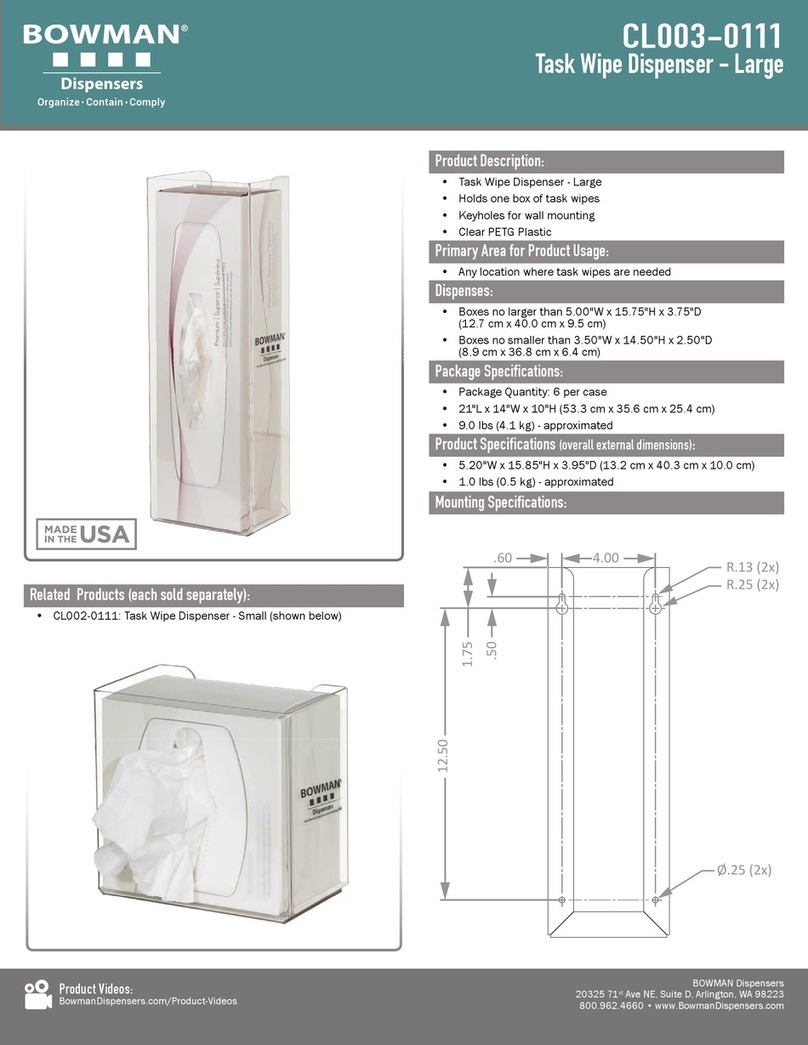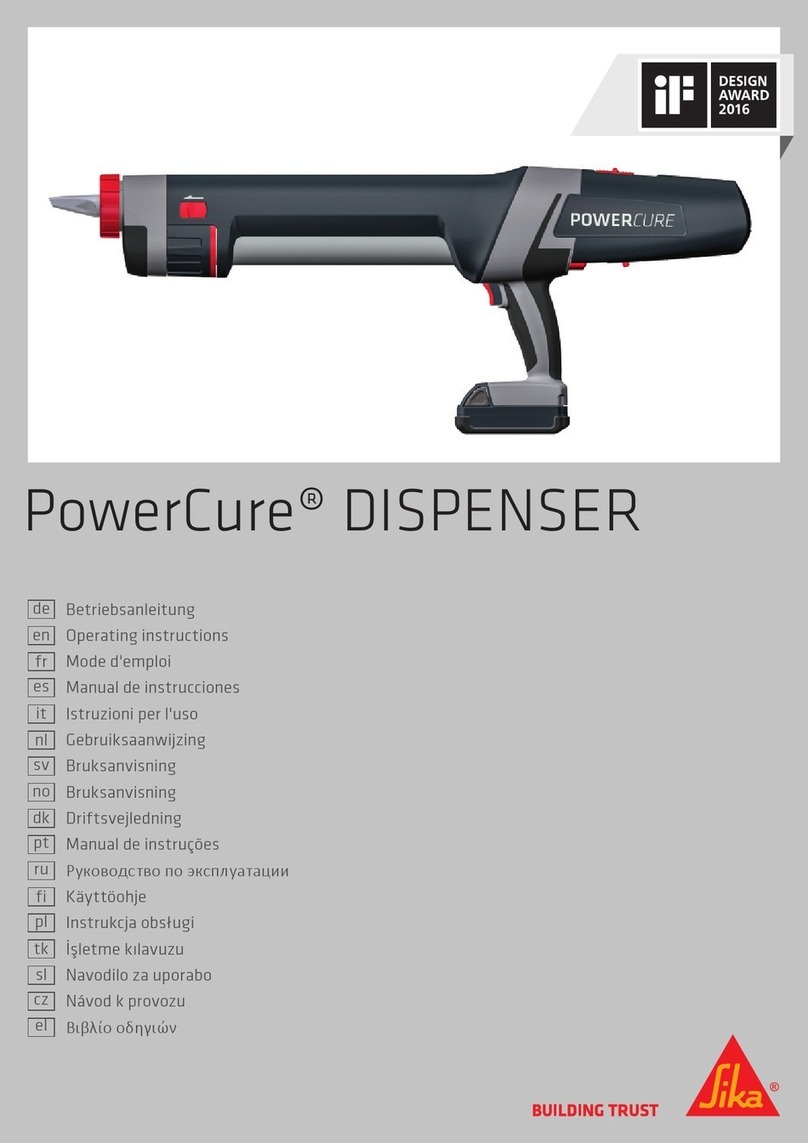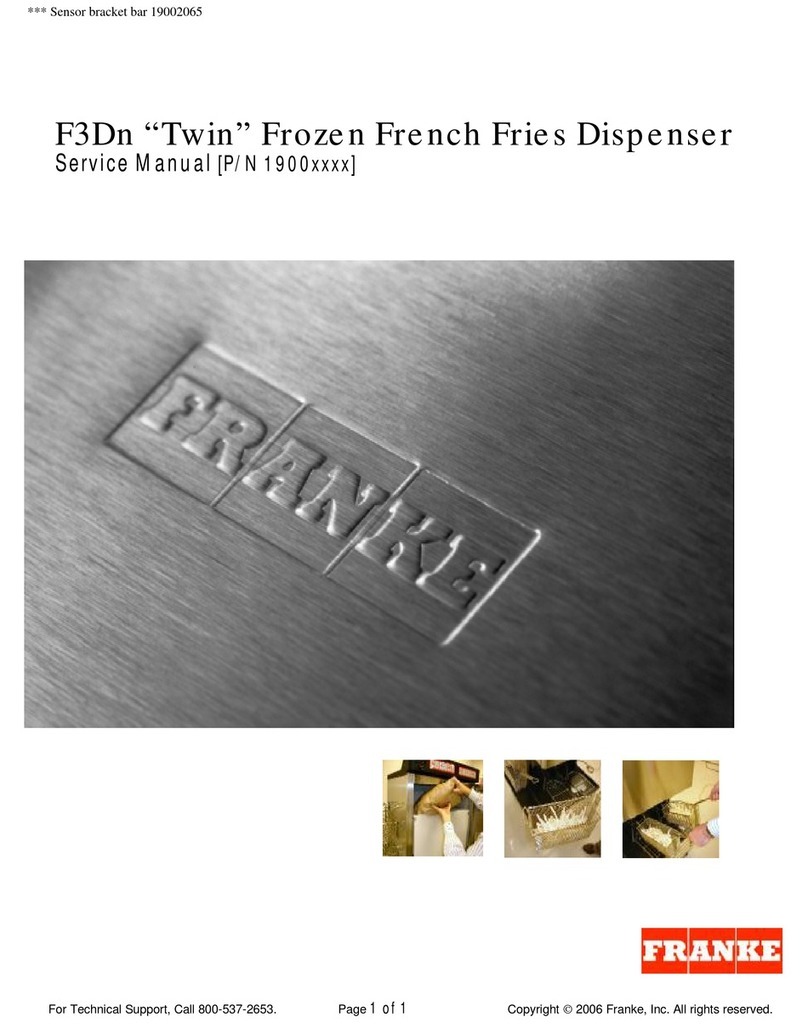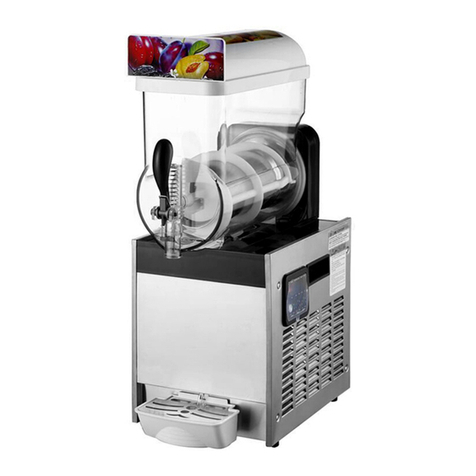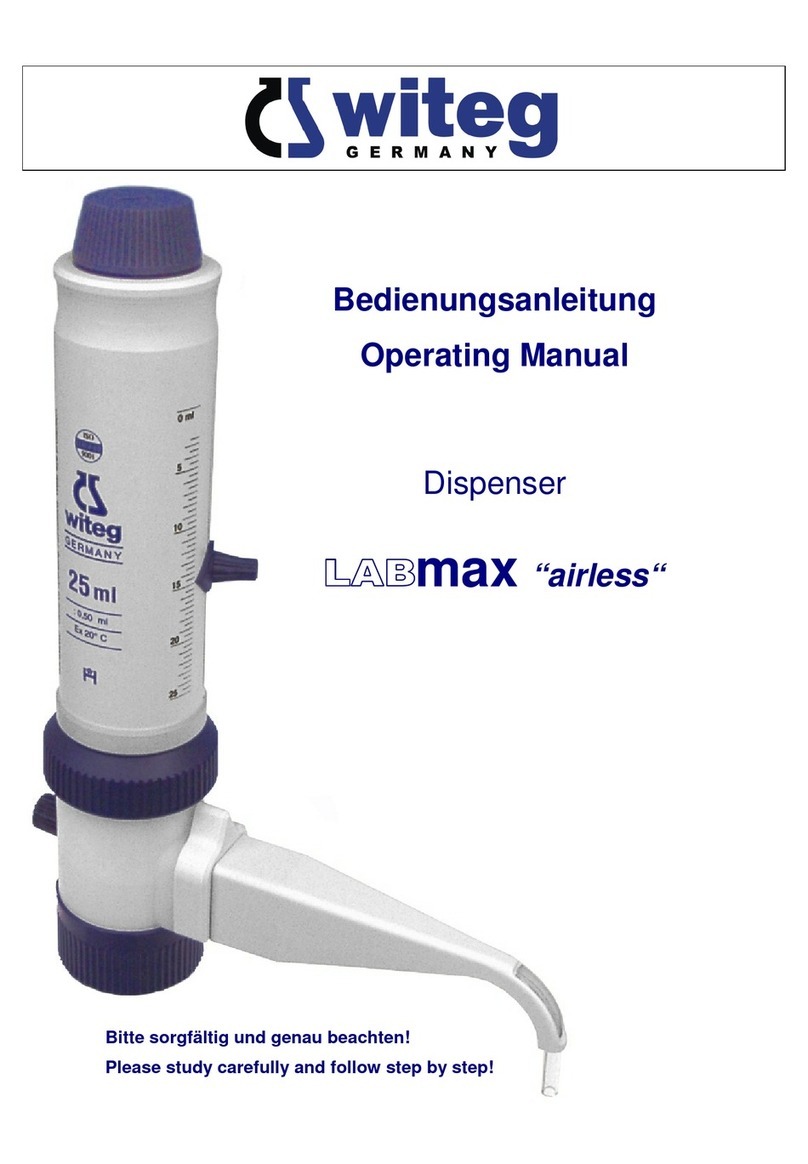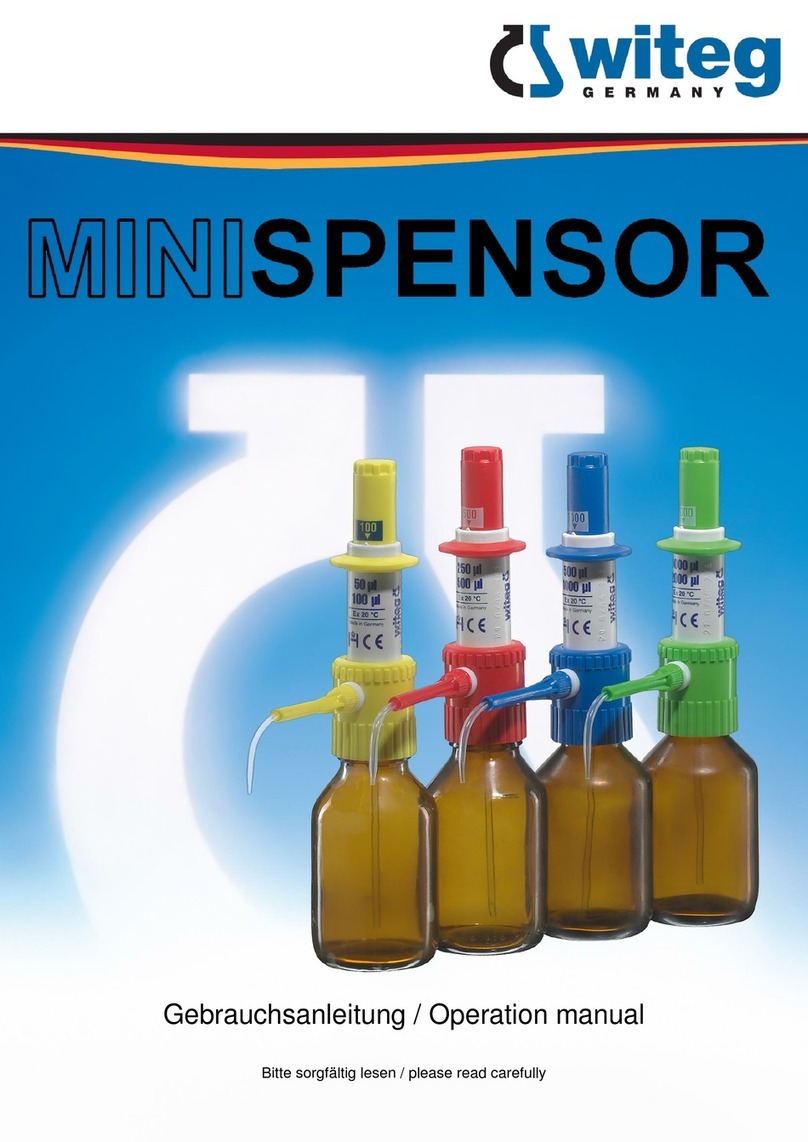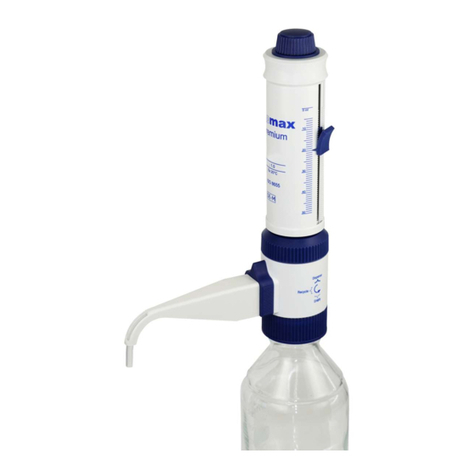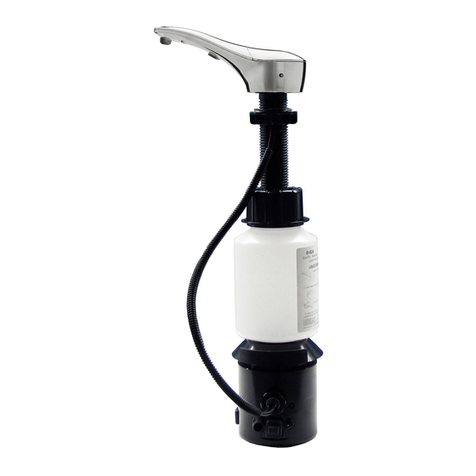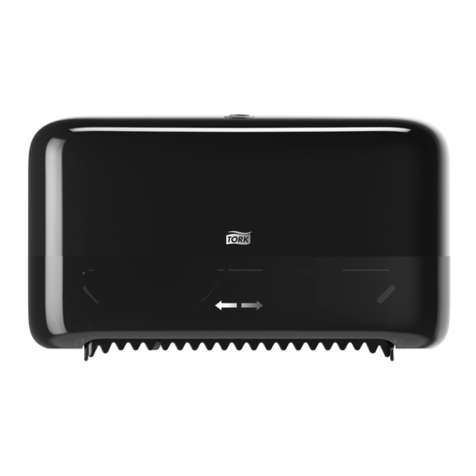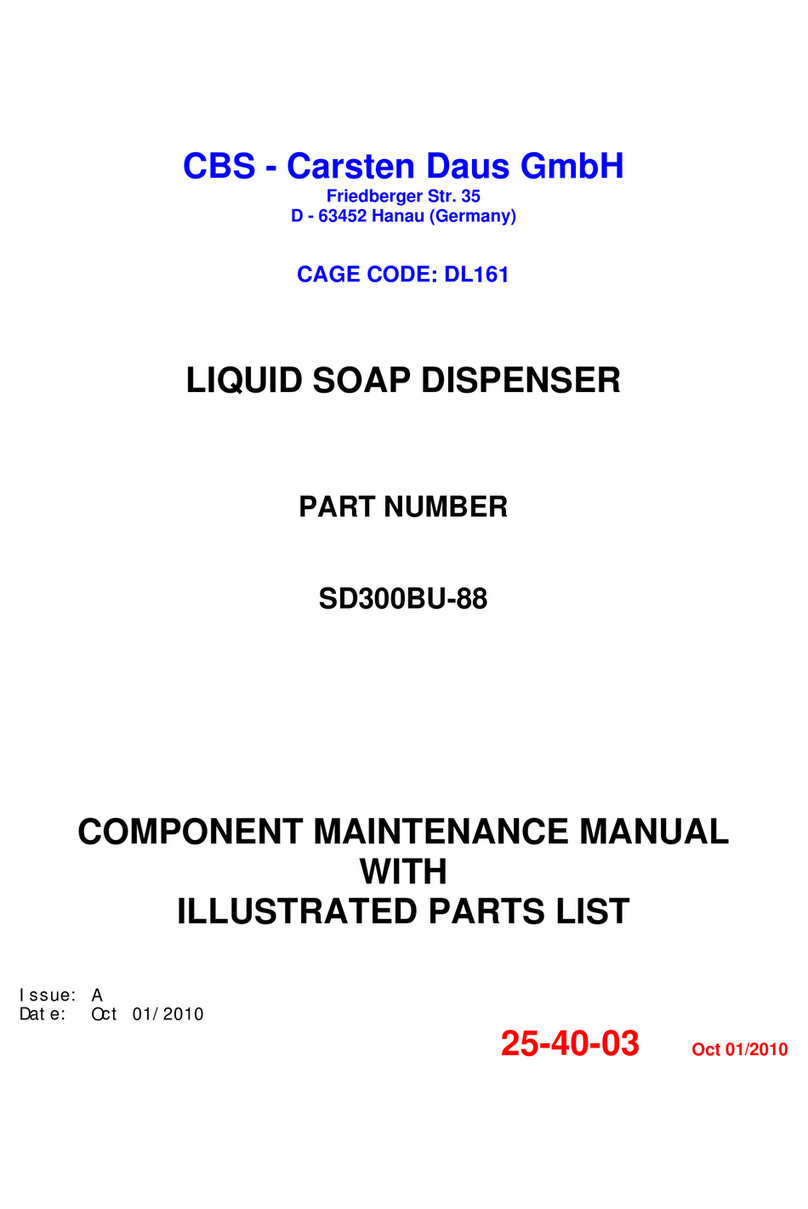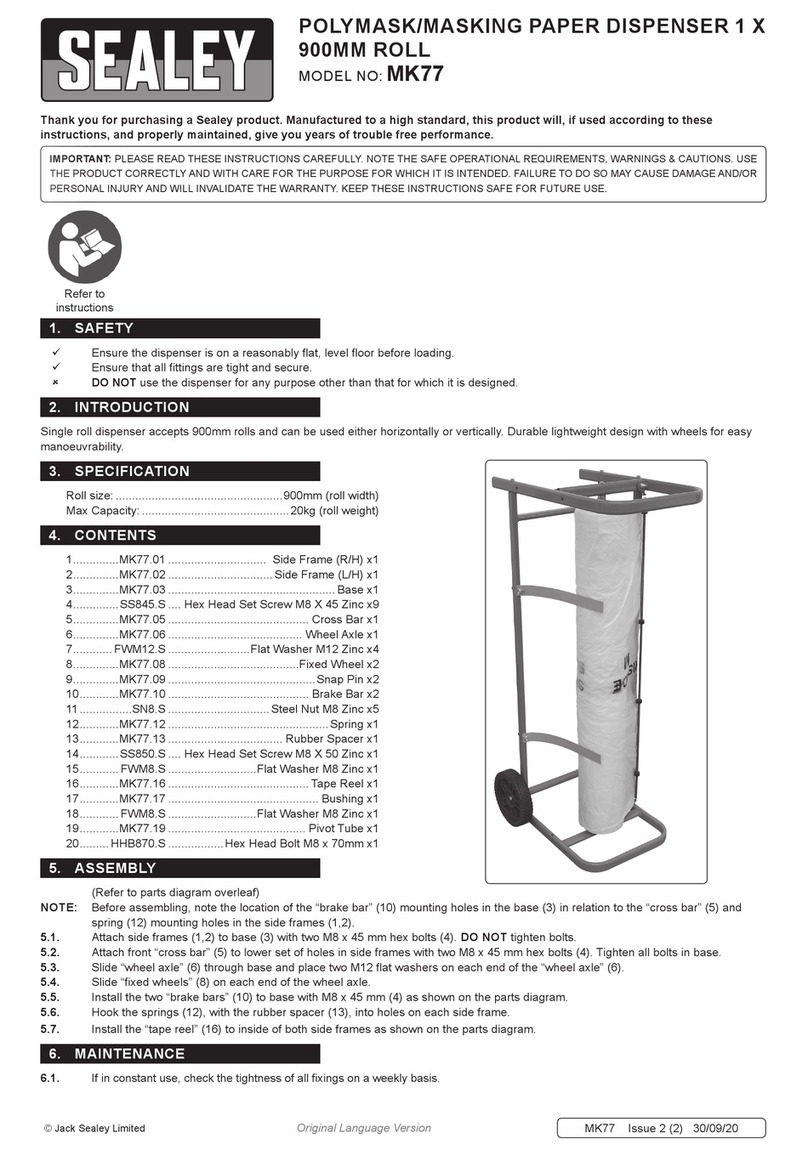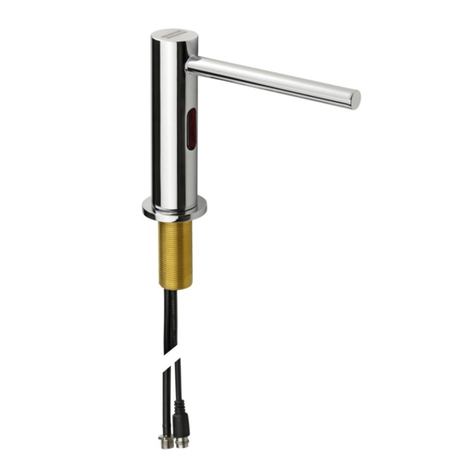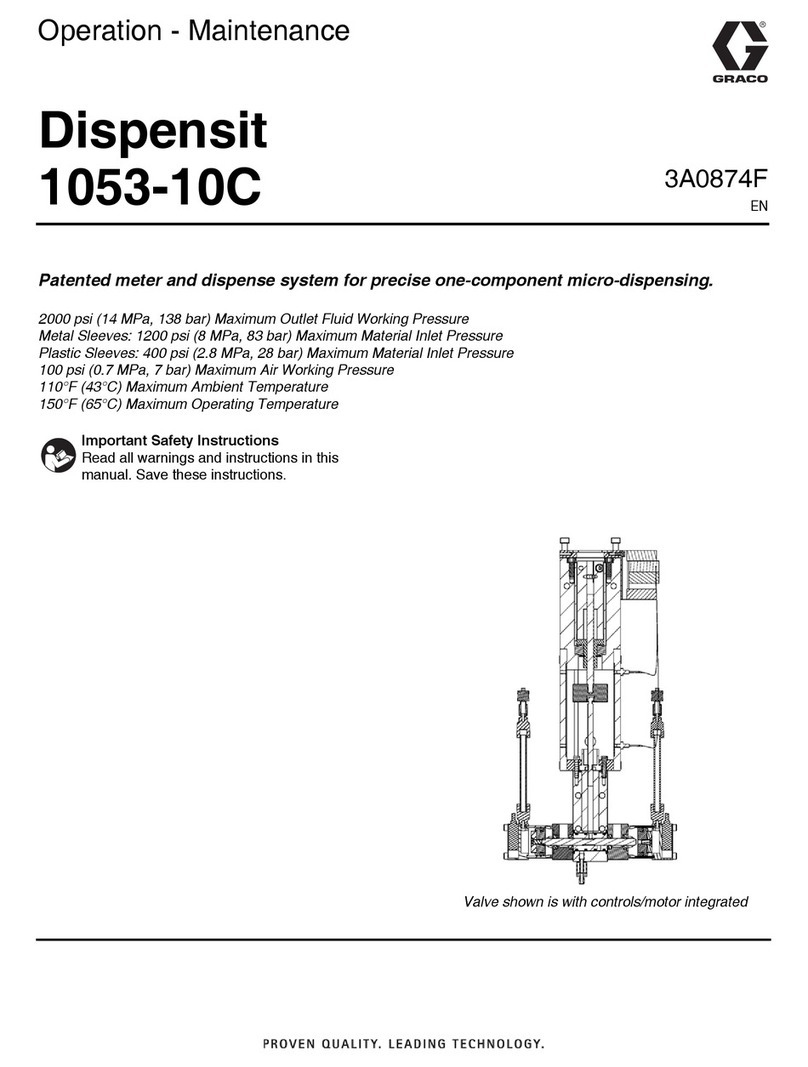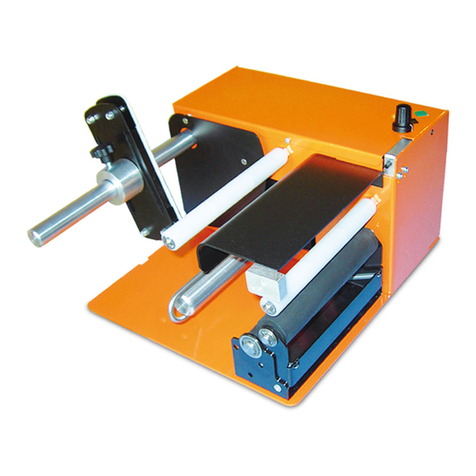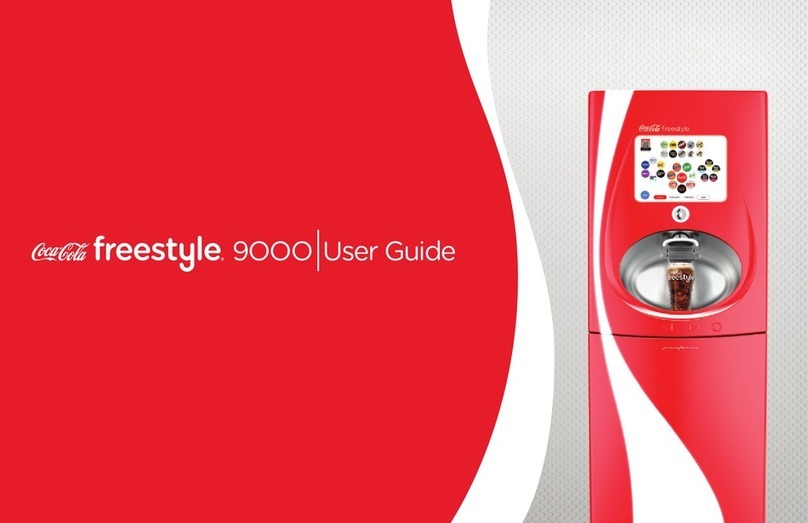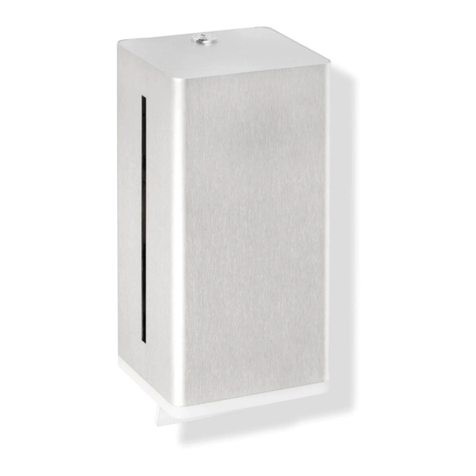
Table of Contents
1 Safety- and User Precautions .......................................1
1.1 General Safety Precautions............................................. 1
1.2 To be considered before initial Operation...................... 2
1.3 Warranty............................................................................ 2
1.4 Operating Limitations ...................................................... 2
2 General Product Description ........................................3
3 Preparation.....................................................................3
4 Functional Characteristics............................................4
4.1 Aerate ................................................................................ 4
4.2 Volume Adjustment.......................................................... 4
4.3 Dispensing........................................................................ 4
4.4 Draining the Ejection Cannula ........................................ 4
5 Cleaning and Maintenance............................................5
5.1 Description of the Components...................................... 5
5.2 Cleaning ............................................................................ 6
5.3 Sterilization....................................................................... 7
5.4 Disassembly ..................................................................... 7
5.5 Assembly........................................................................... 8
5.6 Avoid clogging.................................................................. 9
6 Common Spare Parts.....................................................9
7 Optional Accessoires...................................................11
1
1 Safety- and User Precautions
1.1 General Safety Precautions
In order to put the device into operation as quickly as possible and free from
defects, it is imperative that you read this manual carefully before using this
device.
Highest safety precautions should be used when dispensing corrosive,
poisonous, radioactive or hazardous chemicals.
- Observe the general safety regulations for handling chemicals (e.g.
protective clothing, protective goggles).
- Use the ”Labmax airless“ only with regard to resistance of material and
for the purpose for which is intended.
- Always check the device for leaks and a firm position of the plug and
socket connection (e.g. check hoses, cannulas etc. prior to operation)
- Never use force. Breakage of any part will lead to hazardous exposure for
the user as well as others.
- Clean the device every day.
- The user is responsible for checking that the device is suitable for his
application.
- The proper and secure function is only warranted in connection with the
supplied ejection cannula (6). Do not use any other ejection cannula.
- Never use damaged or deformed cannulas.
- The ejection cannula (6) should never face the user and a collection vessel
should be placed underneath.
- If the valve is faulty the cannula might drip.
- Check all screw fittings approximately one hour after each
assembly/disassembly if they are fitted tightly, because leakages might
occur due to material expansion conditional upon temperature.
- If unsure about dispensing a specific solution, please contact your dealer.
